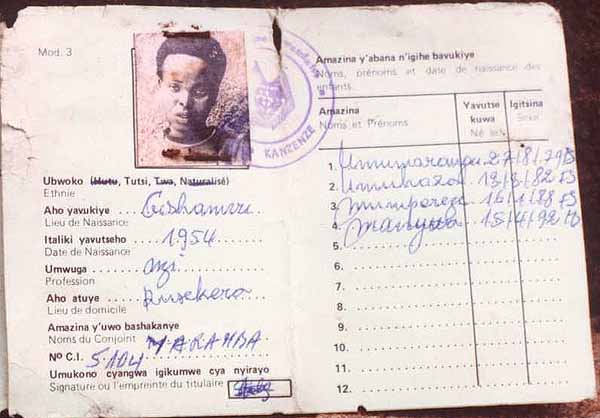Annotations from supplementary reading
But the machete bears an unusual character. It’s possible to conceive of it as a weapon, yes, but it’s also very much a tool—not altogether different from, say, a shovel.
A human being could do a great deal of damage to another human being with a shovel; it is weighted enough, has an edge, and a long handle to allow for a very leveraged swing.Why is it that the machete is seen so differently? Both items could do serious damage to a person, however, I couldn't imagine a man being arrested for carrying a shovel over his arm.
benrperry
Sep 5
Tools are fine things for workers, but politics dictates that violence be concentrated in the hands of the State, and dispensed by its agents. The slipperiness between innocuous utensil and deadly device represents the risk of insurrection.
… More
This brings forth the interesting symbolism of weapons being seen as a type of power. If workers are allowed to carry weapons then they posses some sort of power, a power that is meant to be held only by those in charge. It is this fear of the power, and subsequently that power falling into the wrong hands, that causes the line between tool and weapon to become so ill-defined: of course the worker must be able to carry tools but how powerful a tool can they posses before they should be considered dangerous and that tool be considered a weapon?
benrperry
Sep 5
Looking at the cover now, it’s hard not to notice that one of the villainous figures looks a lot like Fidel Castro, and one of his comrades wields a machete.
The machete isn't only seen as a weapon; it is a sinister one. Many fictional villains such as the one in the author's book are portrayed with machetes. In Haltman's introduction to American Artifacts, he describes objects as being not only a record of themselves in a physical sense, but also as carrying non-physical record of things like concepts and times with which they are associated. Because of their value as tools, many oppressed peoples, such as slaves and oppressed workers, had access to machetes and because of this the machete is the weapon that was used in many violent uprisings of workers and slaves in the past, such as the Philippine Revolution and the Haitian Revolution. The machete was also a weapon of choice in the horrors of the Rwandan Genocide. This past of cruelty and violence is imprinted upon machetes in exactly the way that Haltman describes.
source:(https://www.ukessays.com/essays/history/the-history-of-the-machete-history-essay.php)
benrperry
Sep 5
I’m certainly not proud of this moment, but it does illustrate the machete’s ability to change quickly from a boy’s plaything to an instrument of violence.
The machete carries with it a unique duality. Whereas guns are distinctly weapons and things like hoes are distinctly tools, the machete's purpose can change on a whim and the transition from tool to weapon is seamless, where as it would not be naturally easy for a hoe to be used as a weapon.

